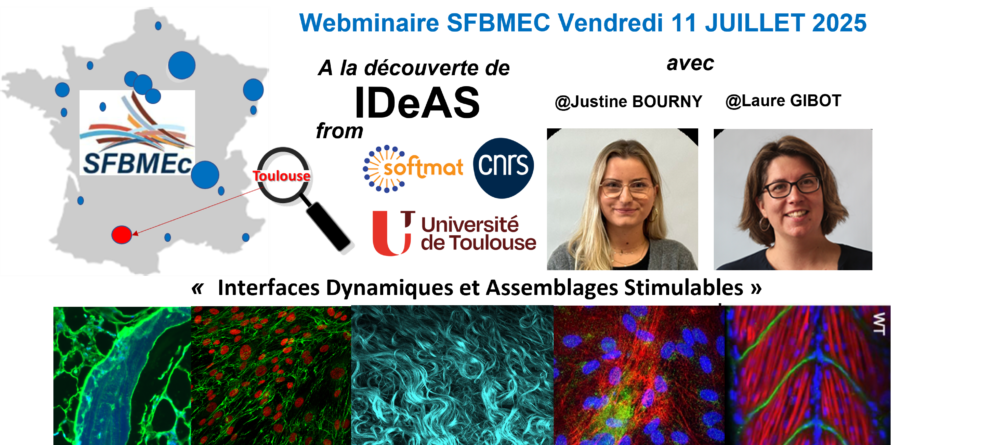Françoise Rédini by SINGER-POLIGNAC
The bone microenvironment as new target for primary bone tumor therapy
Françoise Rédini
Primitive bone tumours, mainly osteosarcoma and Ewing’s sarcoma are the two most frequent bony tumors in children and adolescents. Current therapeutic strategies are based on tumor resection associated with highly toxic chemotherapy. Unfortunately, a recurrence associated with osteolytic processes as well as an absence of response to anti-tumour drugs are observed in many cases, leading to the development of metastases and ultimately to the death of the patients. Survival is closely related to the response of the tumor cells to anti-mitotic drugs, reaching 70% at 5 years for the localized forms and only 30% when pulmonary (osteosarcoma) or bone (Ewing’s sarcoma) metastases are detected at diagnosis. These data demonstrate that the response to the conventional treatment (chemotherapy) is disappointing, showing questionable benefit in terms of improvement in disease-free survival. Therefore new therapeutic approaches are needed, less toxic and better tolerated than chemotherapy in primary bone tumours.
As the activators of bone resorption and tumor growth are involved in a common vicious cycle, the modulation of bone resorption by cytokines or any other anti-bone resorption drug could interfere with the growth of the primary tumour in bone site. Indeed, Tumor cells produce osteoclast activating factors and cytokines (such as TNF-, IL-6…) that directly or indirectly via osteoblasts induce the up-regulation of the main cytokine regulating bone resorption, the Receptor Activator of NF-B Ligand (RANKL, TNFSF11). When activated, the osteoclasts degrade the mineralized bone matrix allowing the release of growth factors stored in the matrix (such as TGF-, IGF-1, FGFs..) which in turn activate tumor cell proliferation. In order to target both aspects of this so called “vicious cycle”, our laboratory develops new therapeutic approaches of osteosarcoma and Ewing’s sarcoma, and more particularly bi-therapies associating an anti-bone resorption agent to an anti-tumor one.
The therapeutic proof-of-concept has been validated with the combination of zoledronic acid (one of the most powerful bisphosphonate) with conventional chemotherapy in original animal models of primary bone tumors (osteosarcoma, Ewing’s sarcoma), in terms of prevention of tumor recurrence, bone formation and quality of tissue repair. These original results constituted the rationale for the current OS2006 phase III clinical trial developed in France for pediatric and adult patients. We also demonstrated the relevance of using osteoprotegerin (OPG), the decoy receptor of RANKL as a therapeutic tool delivered by gene transfer. However, the OPG bioavailability and biological activity is modulated by the presence of glycosaminoglycans in the bone tumor, demonstrating the importance of bone microenvironment in target therapies. These data emphasize the relevance of new therapeutic approaches of osteosarcoma and Ewing’s sarcoma that could be adjuvant, even alternative to chemotherapy.
